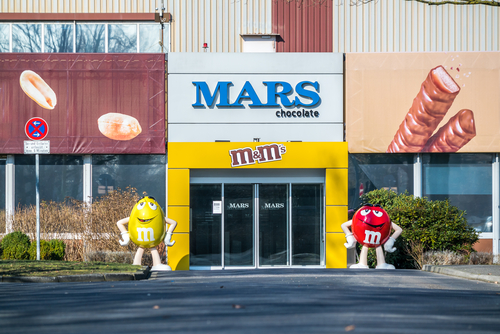
On Wednesday, global food, snacking and pet products company Mars, Incorporated announced it was partnering with engineering software giant Ansys on simulation software that will reimagine the packaging development process.
Mars said it will use Ansys’ groundbreaking multi-physics simulation technology to perform virtual testing and prototyping on new packaging innovation, initially for its snacking portfolio of products. The simulation solution will potentially cut packaging development time by up to 40 percent, officials said, and reduce the quantity of plastics Mars purchases by approximately 246 tons.
“We continue to see the impact and potential of simulation and digital engineering in progressing sustainability initiatives throughout the world,” said Walt Hearn, senior vice president of worldwide sales and customer excellence at Ansys. “Mars has successfully implemented the pervasive insights of Ansys simulation to optimize its design and packaging processes. Mars’ more sustainable approach to development sets a terrific example for other manufacturers to adopt new solutions that move us all toward a cleaner planet.”
Mars officials said they are working to redesign more than 12,000 packaging types across its portfolio of products to fit with the existing and likely future recycling infrastructure. The goal, the company said, is to not only make it easier for consumer to recycle their packaging, but for the company to achieve its internal goal of using 100 percent reusable, recyclable or compostable packaging for its products.
Implementation of the simulation software will create a more nimble, digital-first development environment at Mars, officials said, and make the process easier and more efficient for its R&D team.
“In the world we want tomorrow, no packaging becomes waste,” Qing Qi, VP R&D global innovation, Mars Snacking, said. “This vision is at the heart of our multi-billion dollar Sustainable in a Generation plan and will only become a reality by taking unconstrained strides, leveraging breakthrough science, innovative thinking and partnerships to push the boundaries of what’s possible.”